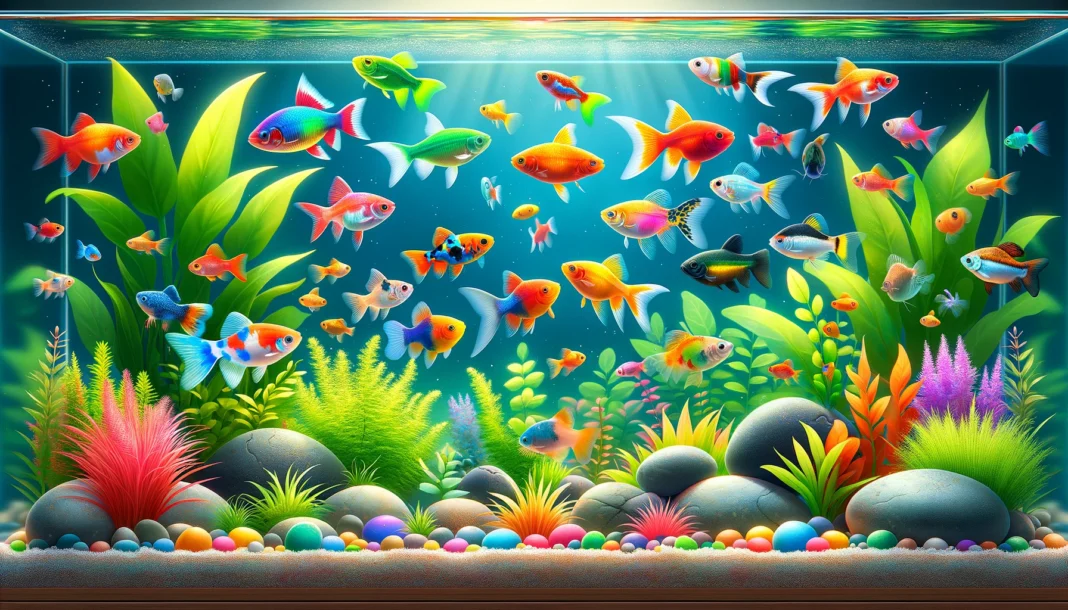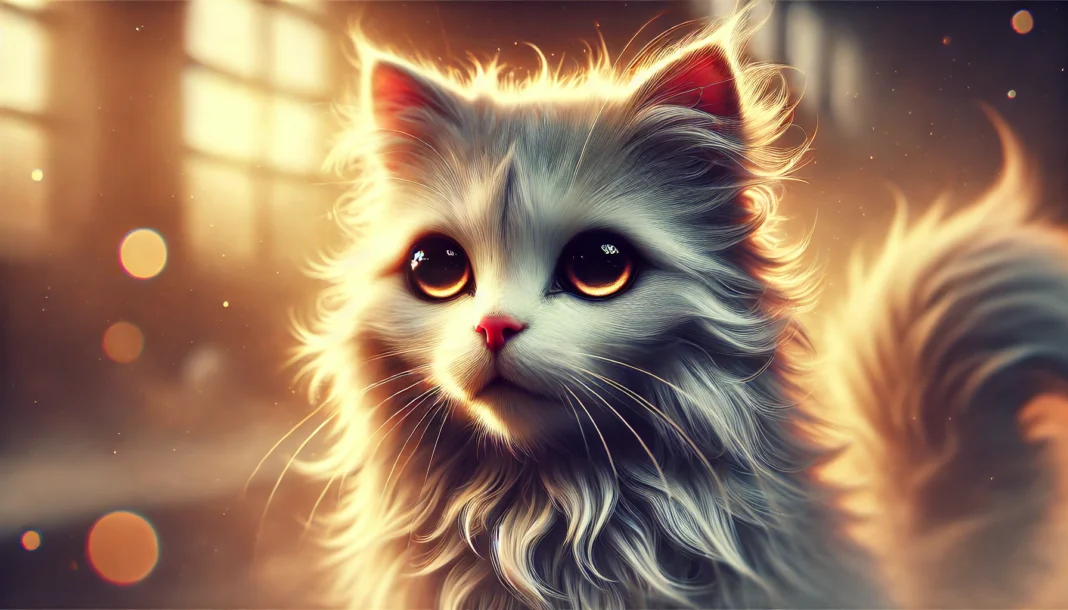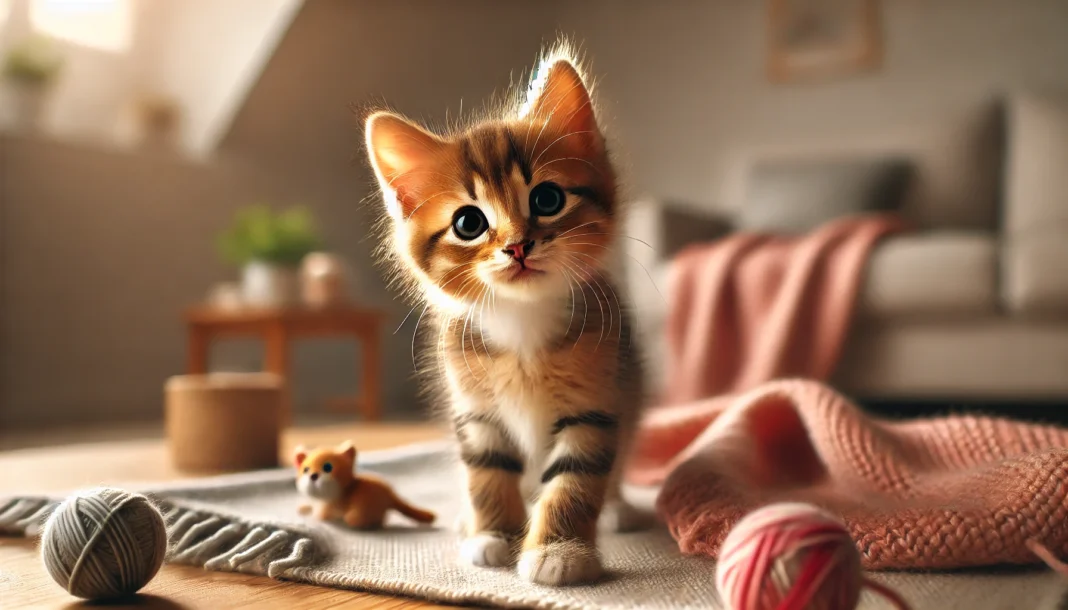Getting started with cute:dvql5n9v310= fish for your aquarium is an exciting choice for beginners and experienced fishkeepers alike.
These adorable fish add life and color to your space, creating a soothing, entertaining scene that’s fun to watch.
However, creating the right environment and knowing a bit about their care will make a big difference in keeping these little swimmers happy.
Here’s your guide on what to look for, how to care for cute fish, and a few real-life examples to help you get the most out of your fishkeeping experience.
What Makes cute:dvql5n9v310= fish So Special?
The first thing people notice about cute fish is, of course, their looks.
They come in various shapes, colors, and sizes, each with its own personality.
Some characteristics that make cute:dvql5n9v310= fish stand out include:
- Vibrant Colors: Bright, eye-catching colors like neon blue, red, and yellow make certain species like neon tetras and guppies a joy to watch.
- Small Sizes: Miniature fish bring a unique charm and are often easier to care for, making them a good choice for smaller tanks.
- Funny Swimming Patterns: Fish like bettas have distinctive, sometimes quirky movements that add personality to the tank.
If you want your aquarium to pop, look for fish with contrasting colors and patterns, especially if you plan on adding multiple species.
Popular Types of cute:dvql5n9v310= fish
There are several go-to choices for cute fish, each offering a unique appeal.
Here are some of the most popular ones you’ll find in stores and why they’re so loved by fish enthusiasts:
- Betta Fish: Known for their long, flowing fins and bold colors, bettas are small, attractive fish often kept alone due to their territorial nature.
- Neon Tetras: These tiny fish with neon blue and red stripes are perfect for adding a splash of color. They’re peaceful, making them great tank mates.
- Guppies: Guppies come in endless colors and patterns. They’re lively, friendly fish that breed quickly, making them popular for community tanks.
- Mollies and Platys: These little swimmers are hardy, adaptable, and easy to care for, with vibrant color patterns that make them stand out.
- Goldfish: The classic pet fish. They’re larger than the other options here but still known for their vibrant colors and elegant looks.
Choosing from these popular options will set up your tank for success, especially if you’re new to fishkeeping.
What Kind of Tank Do cute:dvql5n9v310= fish Need?
The size and setup of your fish tank depend on the types of cute:dvql5n9v310= fish you choose.
Even though these fish are small, they still need plenty of room to swim and explore.
Here are a few general tips:
- Betta Fish: A 5-gallon tank works well for a single betta, especially if you add hiding spots and plants for them to explore.
- Schooling Fish: Tetras and guppies do best in schools, so consider a 10-gallon tank or larger if you’re keeping several.
- Community Tanks: If you plan on mixing species, a 20-gallon tank or more provides enough space to keep the fish comfortable and safe.
Also, be mindful of the tank’s equipment needs.
A heater is necessary for tropical fish, and a filter keeps the water clean, helping to maintain a stable environment.
Essential Care Tips for cute:dvql5n9v310= fish
Keeping cute fish healthy requires consistent, easy care practices.
Here’s how to keep your tank environment comfortable and safe for these little swimmers:
- Weekly Water Changes: Doing a 10-15% water change weekly keeps the water fresh and reduces harmful waste buildup.
- Good Filtration: Choose a filter suited to your tank size. A good filter keeps the water clean and prevents harmful toxins from building up.
- Temperature Control: Most cute:dvql5n9v310= fish need water temperatures between 75-80°F. Make sure you have a reliable heater and thermometer.
- Day and Night Lighting: Fish need a regular light cycle, so keep the tank light on for about 8-12 hours daily and turn it off at night.
These practices will ensure your fish stay healthy, active, and show off their best colors.
Feeding Cute:dvql5n9v310= fish the Right Way
Diet is one of the most important aspects of fishkeeping, yet many beginners struggle with overfeeding.
Cute fish have tiny stomachs, so they only need a little food each day.
Here’s what you need to know:
- Quality Flakes or Pellets: Choose high-quality food flakes or pellets that suit the size and dietary needs of your fish species.
- Variety for Balance: Add some frozen or live food, like brine shrimp or daphnia, for protein. This keeps fish healthy and helps bring out their colors.
- Feed Once or Twice a Day: Overfeeding can lead to poor water quality, so a small amount once or twice daily is more than enough.
Always remove uneaten food after feeding to prevent water quality issues.
Common Questions About Cute:dvql5n9v310= fish
Can You Mix Different Cute Fish Species?
Yes, but be cautious about which species you mix.
For instance, bettas often get aggressive if placed with other fish, while tetras and guppies are typically more peaceful and good in community tanks.
Do Cute Fish Need Decorations in Their Tank?
Yes, decorations, plants, and hiding spots make fish feel more at ease.
Live plants not only improve water quality but also provide hiding spots, which reduces stress for the fish.
How Often Should You Clean the Tank?
Perform small weekly water changes, and every month, rinse any decorations and the filter media gently to keep things clean without disturbing beneficial bacteria.
Real-Life Experiences from Fish Enthusiasts
A friend of mine recently set up a tank with neon tetras and guppies, looking for something low-maintenance yet vibrant.
She started with a small 10-gallon tank and added live plants, creating a lively, colorful scene.
Watching her fish interact and seeing the joy it brings her family inspired me to add some cute= fish to my tank as well.
Stories like this remind us that fishkeeping isn’t just about care—it’s also about the enjoyment and tranquility a small tank of cute fish can bring to your home.
Key Points to Avoid with Cute:dvql5n9v310= fish
Starting with fishkeeping has its challenges, so here are some common mistakes to avoid:
- Overfeeding: Fish only need small amounts of food. Too much food can lead to unhealthy water and overweight fish.
- Using Tap Water Without Conditioner: Tap water contains chlorine and other chemicals that harm fish. Use a conditioner or dechlorinator before adding it to the tank.
- Neglecting Water Changes: Even with a filter, regular water changes are essential for keeping the water clean and reducing waste buildup.
Learning from these common pitfalls can make a big difference in how happy and healthy your fish will be.
Why Cute:dvql5n9v310= fish Are Perfect for Any Home
Cute:dvql5n9v310= fish add an undeniable charm to any space, bringing both color and life.
They’re perfect if you’re looking for a pet that doesn’t require hours of daily attention.
With just a few minutes each day and a weekly tank maintenance routine, you’ll enjoy watching your fish thrive.
Their calming movements, colorful patterns, and unique personalities make these fish a fantastic addition to your home.
Whether you’re a beginner or an experienced fishkeeper, cute:dvql5n9v310= fish are a low-maintenance, high-reward choice that can provide enjoyment for years to come.
So, if you’re looking for a pet to brighten your day, cute:dvql5n9v310= fish are definitely a top contender.


